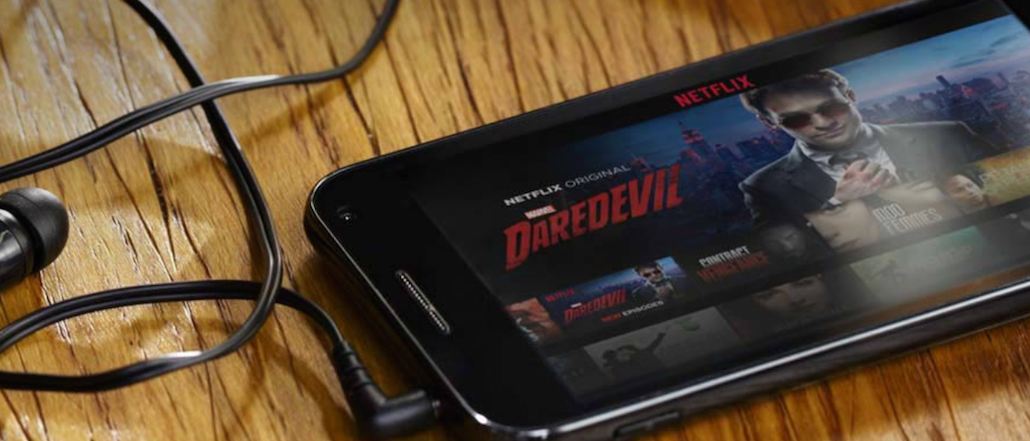Save 50% on a 3-month Digiday+ membership. Ends Dec 5.

The battle for over-the-top supremacy is being fought with a single weapon: subscriptions.
The periodic-payment model that was once favored by newspapers and magazines, and then found a home on television, is now dominating online video. Subscription-based services like Netflix and Amazon Prime face little competition from ad-supported content.
The reason is simple: “Subscription services offer consumers what they’ve been wanting for years, which is broad-based access to large catalogs of content without ad interruptions,”said Erick Opeka, evp of digital networks at Cinedigm. It’s a model that also works for businesses that benefit from recurring revenue that grows month over month.
“Advertising will never be able to support great content,” said Fahad Khan, CEO of Tube Centrex. He noted that the high cost of content creation (HBO’s “Game of Thrones” reportedly runs $6 million an episode) prevents video from surviving on ad rates alone.
Online, the one major exception is Hulu, which uses a hybrid model of subscriptions and advertisements. According to a page in Hulu’s Help Center, “many shows on the Hulu subscription include commercials in order to reduce the monthly subscription price of the service.”
All the other major players in OTT are subscription-based. It’s an industry that’s expected to grow between $4 billion and $8 billion in revenue over the next four years, according to a new report by Ooyala and Vindicia.
“The prospects for growth are in subscriptions,” said Paula Minardi, digital TV marketing manager at Ooyala, though she believes more hybrids could develop. It comes down to introducing ads in a way that doesn’t annoy the customer. For Opeka, that goes against the value proposition of most of these sites. Providing ad-supported content is better used as a customer-acquisition tool to drive subscriptions.
Ad position: web_incontent_pos1
Netflix has used a similar strategy, although without ads, in its one-month free-trial program, allowing users to sample the service with the aim of converting them into paying subscribers. And it’s been working — Wednesday the service reported that it added 3.3 million subscribers during the second quarter of the year for a total of 65.5 million customers across the globe.
But it’s also possible to have too much of a good thing. On average, U.S. consumers are willing to pay $38 per month for a la carte TV content, according to Digitalsmiths Q1 2015 Video Trends Report. With more mass-market (like Netflix) and niche services (like Cinedigm’s Con TV) entering the field, that monthly bill could creep upward.
That’s where the risk of what Opeka called “subscription fatigue” begins. The only way to combat it is through a unique selling proposition: “The content and the benefit to the subscriber will be the deciding factor,” he said. The saturation of services may also lead to rebundling of channels.
“Pricing is going to be the king,” said Khan, and whoever can offer the most valuable services for the lowest price will come out on top.
More in Media

Digiday+ Research Subscription Index 2025: Subscription strategies from Bloomberg, The New York Times, Vox and others
Digiday’s third annual Subscription Index examines and measures publishers’ subscription strategies to identify common approaches and key tactics among Bloomberg, The New York Times, Vox and others.

From lawsuits to lobbying: How publishers are fighting AI
We may be closing out 2025, but publishers aren’t retreating from the battle of AI search — some are escalating it, and they expect the fight to stretch deep into 2026.

Media Briefing: Publishers turn to vertical video to compete with creators and grow ad revenue in 2026
Publishers add vertical video feeds to their sites to boost engagement, attract video ad spend and compete with news creators.
Ad position: web_bfu